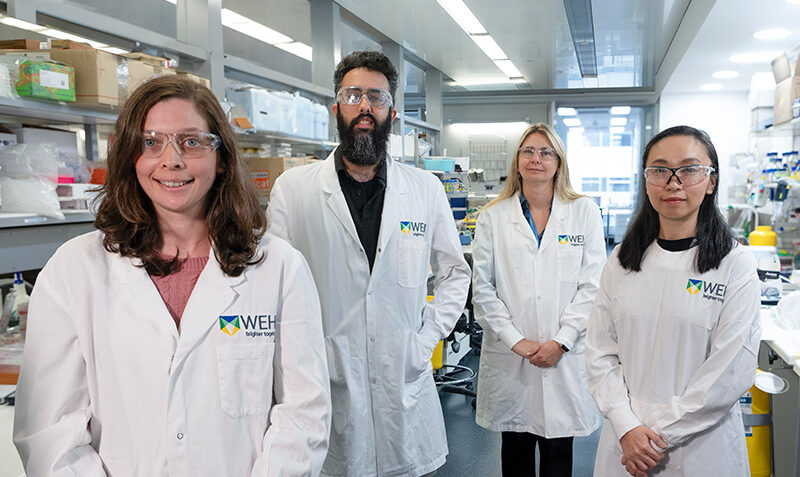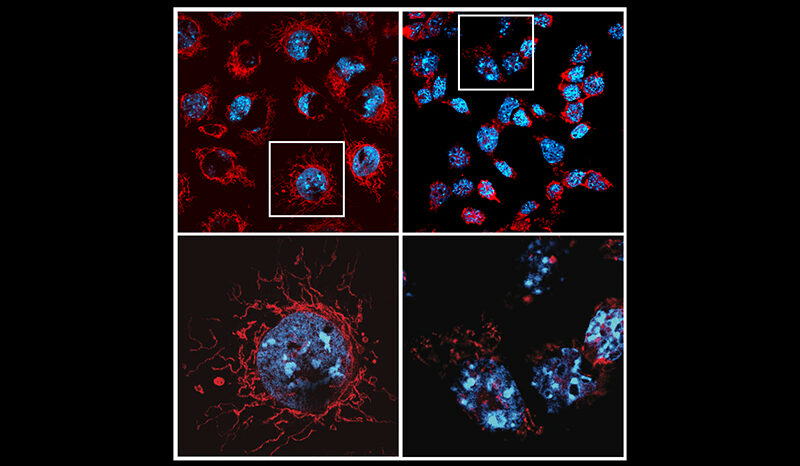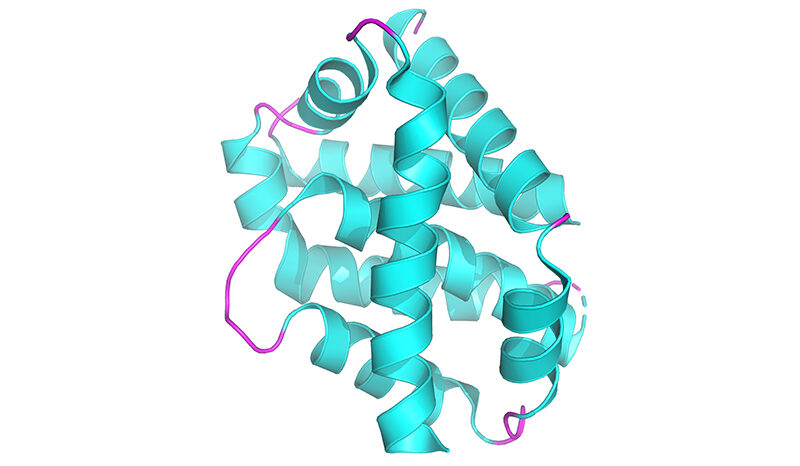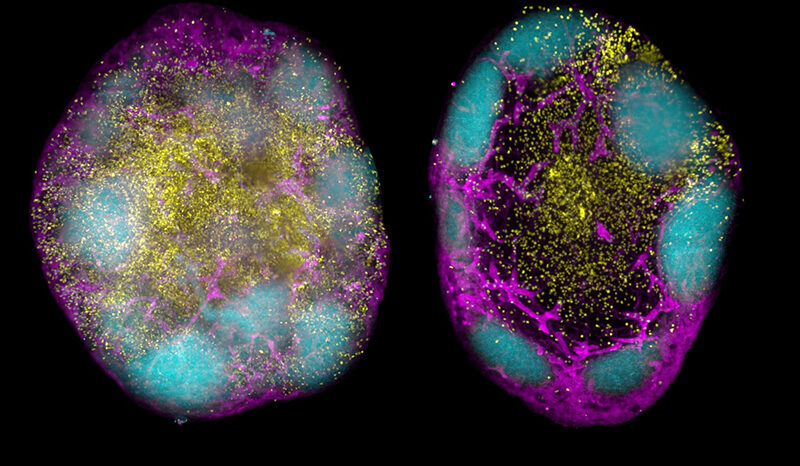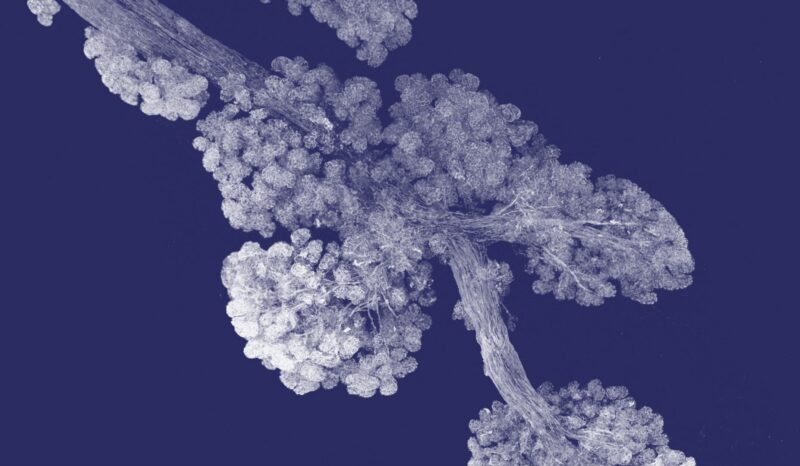Stimulating the ‘cell death enforcer’
The WEHI research team paired venetoclax, a current standard-of-care anti-cancer drug for AML, with a STING agonist, an emerging class of immunotherapy drugs. Venetoclax was based on a landmark research discovery at WEHI.
Study co-first author Dr Sarah Diepstraten said the team examined a range of different blood cancers, including cancer samples from patients with AML and treated them in the lab with the drug combination, leading to striking results.
“It’s really impressive – combining venetoclax with this emerging immunotherapy treatment can actually eradicate AML,” said Dr Diepstraten.
“This is the one-two punch combo that could be the knockout blow for AML. You could almost paraphrase the famous boxer Muhammed Ali and say this treatment floats like a butterfly, and STINGs like a bee.”
Critically, the combination treatment showed high promise in AML samples that were driven by a mutated p53 protein, a type of AML that is generally more aggressive and harder to treat.
The p53 protein plays a critical role in our bodies. When it is working effectively, it prevents the formation of cancerous cells by enforcing the death, or arresting the growth, of cells that have become damaged or abnormal.
But when the p53 protein is mutated and becomes defective in groups of cells, it can significantly boost a person’s risk of developing cancer.
Mutations of p53 are thought to be the biggest driver of cancer development and are found in half of all human cancers around the globe.
As cancers associated with p53 mutations tend to be more aggressive and resistant to treatment, there is a critical need for better therapies.
“For AML patients that do not have as much therapy-induced death of their leukaemia cells due to this mutated protein, combining venetoclax with a STING agonist causes more killing of AML cells than treating with venetoclax alone,” said Dr Diepstraten.
“The treatment was highly effective at killing cancer cells in samples with and without the p53 mutation, which is exciting given the lack of effective treatments for aggressive cancers driven by mutations in p53.
“We want to see more and more patients getting into long-term remission from blood cancers like AML, and we think adding STING agonists to the treatment regimen could be the key.”





